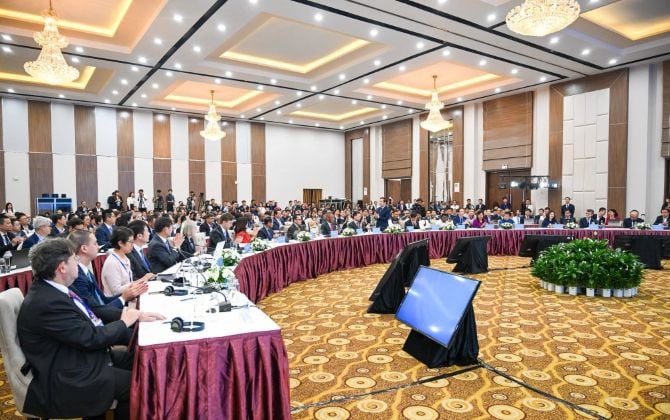
Delegates attending the Ministerial Roundtable on AI Governance. Photo: Giang Huy/Vnexpress
These experiences and initiatives focus strongly on strategic pillars: building a smart legal framework, investing in large-scale computing infrastructure, human resources, etc.
In terms of the legal framework, the US believes that it is necessary to develop AI regulations that both promote innovation and protect democratic values. Meanwhile, the European Union (EU) has built its AI Strategy based on three main pillars: excellence (research, innovation, deployment and capacity building), trust (legal framework) and international cooperation. Meanwhile, Australia has built its core principles on AI with two main elements: building trust through transparency and innovation combined with perseverance.
To implement this principle, Australia adopts a risk-based, lifecycle approach to AI governance, especially in the public sector. In 2024, Australia issued the AI Assurance Framework for Government , emphasizing five pillars: fairness, privacy, safety, transparency and accountability. The framework empowers agencies to self-assess their AI systems using a risk matrix to ensure high-impact applications are adequately monitored. However, Australia recognizes that human oversight is essential even for the best AI systems, so from August 2024, all Australian federal agencies will be required to appoint an official with primary responsibility for AI.
Realizing that infrastructure is the foundation for breakthroughs, major powers are making large-scale investment plans in high-performance computing capabilities. Take South Korea, for example. With the goal of entering the world's top 3 in AI, South Korea has focused its strategy on building an "AI Highway" infrastructure. This high-performance computing platform has an initial scale of 50,000 GPUs (graphics processors) and plans to expand to 200,000 GPUs by 2030. In addition, South Korea's "AX" strategy also focuses on developing next-generation AI technologies, including the self-sufficiency in producing "made in Korea" AI chips.
Regarding this issue, Mr. Philipp Agathonos, Ambassador of Austria to Vietnam, said that digital infrastructure is considered the most important factor by Austria. Austria is one of 13 countries with digital factories in Europe, working closely with research institutes and universities to support the government and researchers. However, the Ambassador said that Europe and other regions need to be careful about the issue of AI chip monopoly. Ensuring balance in the supply chain and avoiding chip production falling into the hands of a few businesses is necessary.
AI human resources are considered by countries as a "precious resource" that needs to be invested heavily. South Korea is committed to promoting the training program of a team of top AI talents and researchers. The US is cooperating with universities, businesses, and governments to train AI talents. Google, based on its experience in cooperating with many governments, is implementing free AI training programs, granting certifications, and awarding more than 6,500 AI scholarships.
In addition, countries have many initiatives in sharing data for common use. Austria proposed to build a common data space where the public and private sectors can exchange data securely without intermediaries. Austria also established "Giga Factories" where large-scale data is mined to generate energy to run household heating systems, contributing to reducing the impact of climate change.
Meanwhile, the EU has announced an “Apply AI” strategy to boost AI adoption across the bloc, including in the public sector, and support generative AI providers in detecting and labeling AI-generated or edited content.
These AI governance experiences and initiatives are valuable lessons for countries like Vietnam in the process of AI development.
Source: https://doanhnghiepvn.vn/cong-nghe/chia-se-kinh-nghiem-quan-tri-va-sang-kien-phat-trien-ai-tai-tuan-le-so-quoc-te-viet-nam-2025/20251028083539687



![[Photo] The 5th Patriotic Emulation Congress of the Central Inspection Commission](https://vphoto.vietnam.vn/thumb/1200x675/vietnam/resource/IMAGE/2025/10/27/1761566862838_ndo_br_1-1858-jpg.webp)




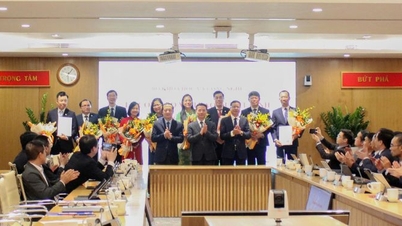
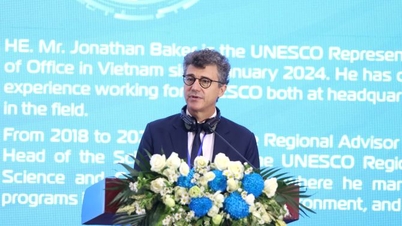


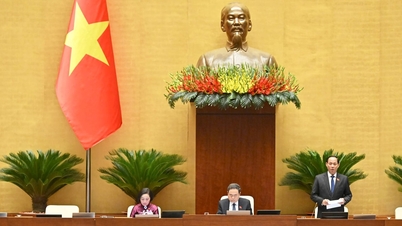

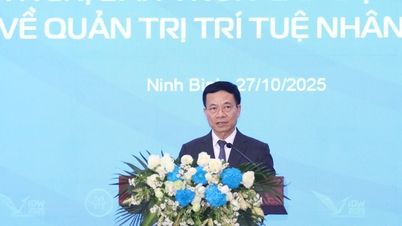

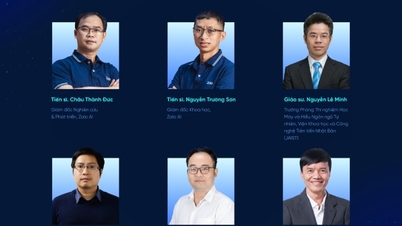







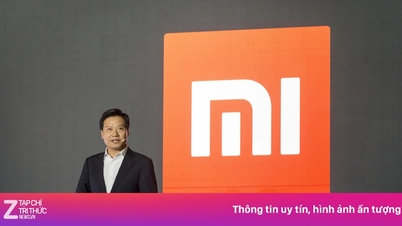









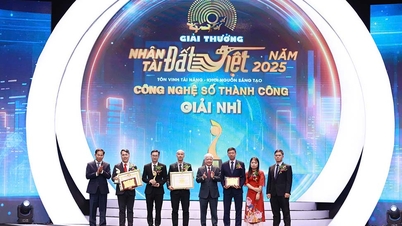


![[Photo] Party Committees of Central Party agencies summarize the implementation of Resolution No. 18-NQ/TW and the direction of the Party Congress](https://vphoto.vietnam.vn/thumb/1200x675/vietnam/resource/IMAGE/2025/10/27/1761545645968_ndo_br_1-jpg.webp)
![[Photo] National Assembly Chairman Tran Thanh Man receives Chairman of the House of Representatives of Uzbekistan Nuriddin Ismoilov](https://vphoto.vietnam.vn/thumb/1200x675/vietnam/resource/IMAGE/2025/10/27/1761542647910_bnd-2610-jpg.webp)





















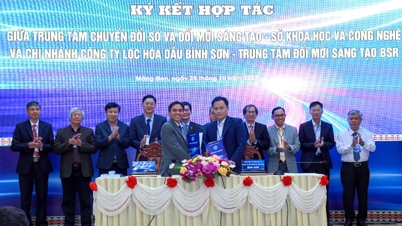
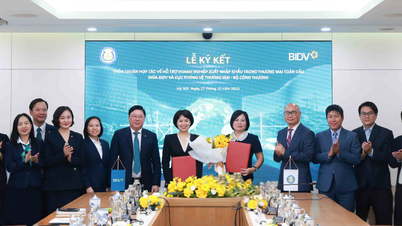









![[Photo] Prime Minister attends the 28th ASEAN-China Summit](https://vphoto.vietnam.vn/thumb/402x226/vietnam/resource/IMAGE/2025/10/28/1761624895025_image-2.jpeg)


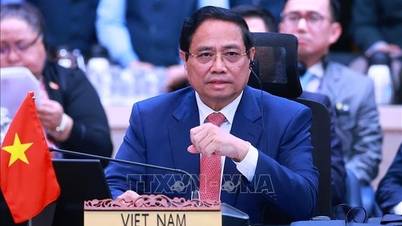



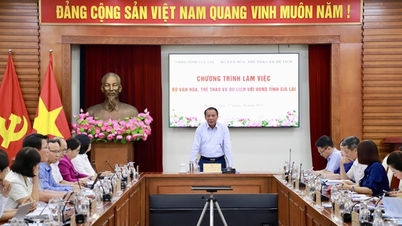





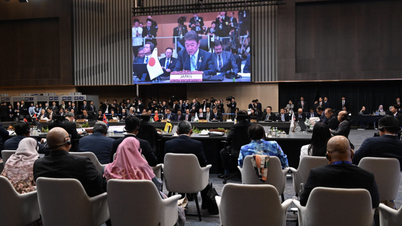

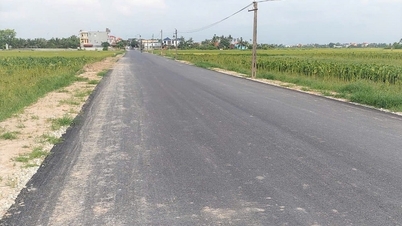



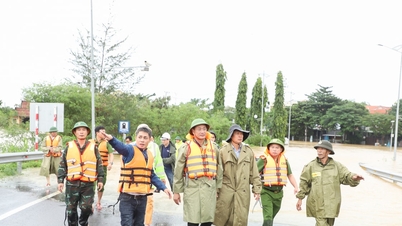


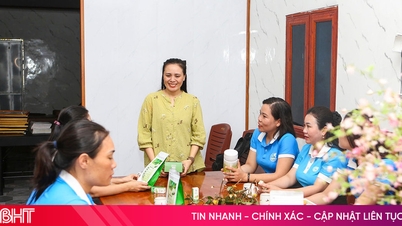

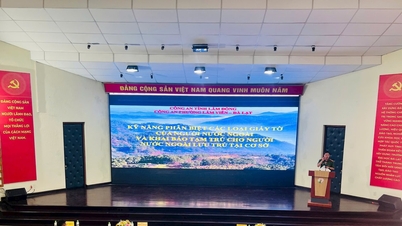














Comment (0)